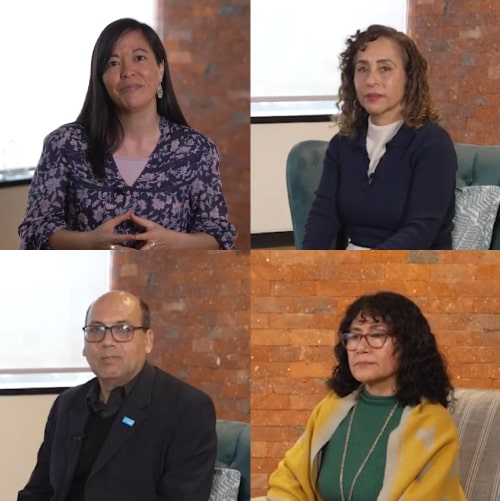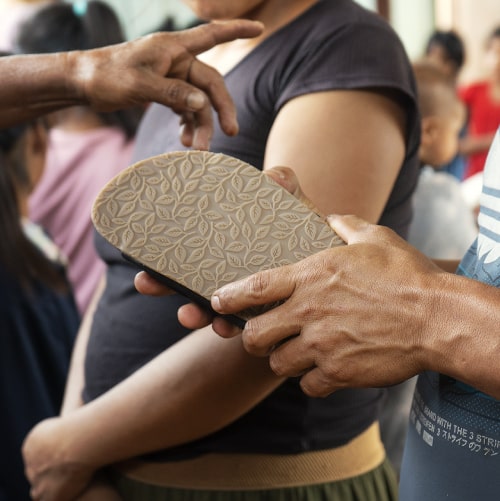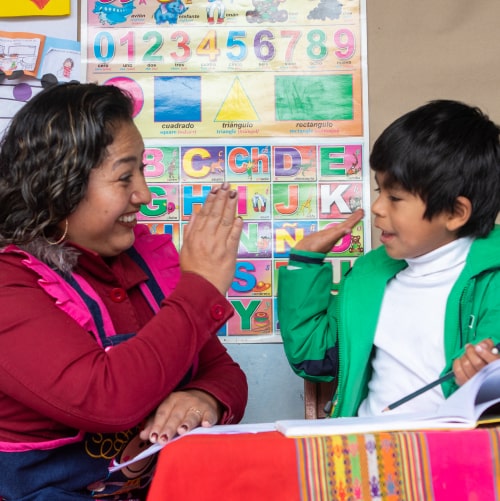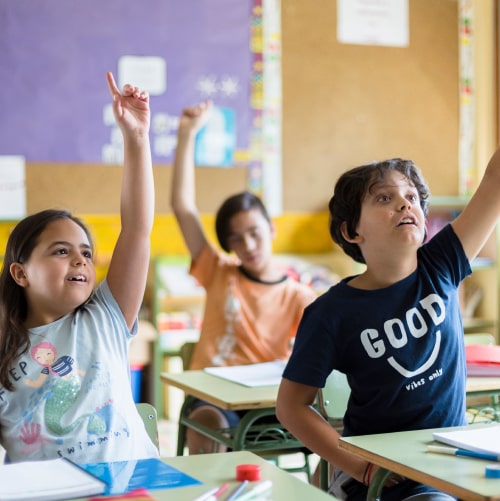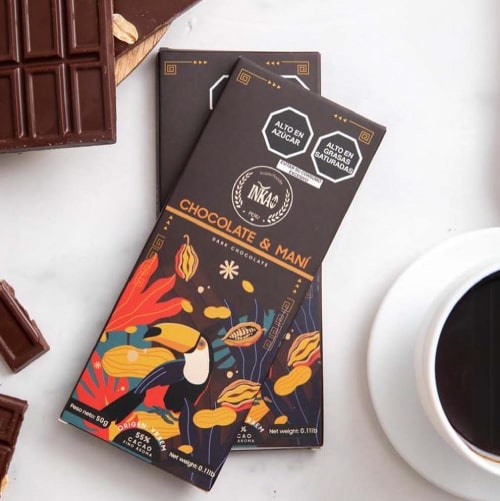Find all the books of the Wiese Foundation at Crisol stores nationwide and at its virtual store.
The ceramics of El Brujo. Cupisnique and Mochica Epochs
Synopsis
The El Brujo archaeological complex is an extensive settlement located near the mouth of the Chicama River, on the northern coast of Peru. This place was the scene of a long social history of 14,000 years. This is why it houses both evidence of the first hunter-gatherer communities and the vestiges of a republican fishing village.
In this long historical process, ceramics have been one of the material testimonies of widest use, since their introduction in the central Andes around 1700 B.C. Indeed, the work processes involved with clays allowed Andean communities to have a variety of objects for domestic, ornamental, and ceremonial consumption.
Since 1990, the Wiese Foundation has been researching the human settlements that constituted El Brujo in the important archaeological site that it is. Its efforts have focused on Huaca Cao Viejo, a voluminous temple from the Mochica period (200-700 A.D.) where the tomb of the Lady of Cao, an ancient member of the elite of that time, was found.
This publication provides a description of the complete ceramic pieces recovered from key archaeological contexts of the Formative (1700-200 B.C.) and Early Intermediate (200 B.C.-700 A.D.) periods. In this sense, in order to systematize the material found, a fundamental part of the collections kept in the Cao Museum, we propose a chronological reading and offer abundant graphic detail.
More Information
Author’s name: José I. Alva Chancos
Publisher: Wiese Foundation | Economic Culture Fund
Edition year: 2024
Lambayeque Funerary Bundles at El Brujo: Collection Catalog
Synopsis
Funerary bundles are one of the most recurrent and long-standing mortuary practices in the Andean area, specifically in ancient Peru. The first evidence of systematic covering of the deceased by means of fabrics comes from Pueblo 1 in Chilca, the Tres Ventanas Cave in Huarochirí and Los Gavilanes in the Huarmey valley. Over the centuries, this practice became more complex, achieving great development during the Paracas, Wari and Inca periods.
Indeed, the production of a bundle involves a considerable workforce and the mastery of developed technologies for those times. Many times mistaken for mummies, funerary bundles are one of the constants in pre-Hispanic history. This edition seeks to visibilize this rich cultural legacy by making available to the general public the catalog of the collection of funerary bundles of the El Brujo archaeological complex, located in the lower Chicama valley.
This collection, made up of 142 specimens, comes from a cemetery from the Lambayeque epoch, developed between the eleventh and twelfth centuries A.D. in the ruins of what was once the famous Mochica temple of Cao Viejo.
Recovered in the decade of the 1990s, they conceal valuable information about death and the social structures in ancient Peru, which is shared through this work, which organizes and classifies the evidence found, photographically records each specimen with a high level of detail, under appropriate scientific and ethical criteria, and opens new directions of research for the study of pre-Hispanic funerary.
More Information
Author’s name: Rubén Buitron Picharde
Publisher: Wiese Foundation
Edition year: 2023
Building Huaca Cao Viejo: A Mochica temple in the Chicama Valley. Report on the Research of the 2020 Season
Synopsis
Huaca Cao, a temple from the Mochica epoch (200-700 A.D.), is located within the El Brujo archaeological complex, in the lower valley of the Chicama River. Together with other edifices erected on the same site, it has been for some centuries an influential ceremonial center, representative in the landscape and in the socio-political scene of the epoch in the north-coastal region.
The Wiese Foundation, since the early decade of the 1990s, has been studying this edifice, where the tomb of a representative of the Mochica elite, the Lady of Cao, was discovered in 2004. Aside from that, this building did not become overnight what we see today, but, rather, it is the result of various constructive efforts that reflect the political and religious dynamics of the Mochica culture of lower Chicama.
Recent studies, synthesized in this publication, give an account of the history of the construction of this temple, of the relative times, and of the materials and social practices involved in the continuous growth of this famous huaca.
More Information
Author’s name: Augusto Bazán Pérez
Publisher: Wiese Foundation
Edition year: 2023
The funerary context of the Lady of Cao: Finding and research of Mochica Elite Burials at Huaca Cao Viejo, El Brujo Archaeological Complex
Synopsis
This book concentrates on presenting various studies and analyses carried out on the Lady of Cao and her companions: seven people buried in five tombs within the “mausoleum enclosure”, corresponding to the second edifice built in Huaca Cao Viejo. The context itself should be considered as a microcosm of the Moche funerary, which allows us to delve deep into this society to better know it and understand the various dimensions, both social and political, of this significant woman.
The detailed history that is revealed here is very important and transcendental for Peruvian archaeology, and it is an input for future studies from a gender approach of the pre-Hispanic world. The discovery of the tombs of the Lady of Cao and her companions, which occurred in the year 2004, has been one of the greatest achievements of Peruvian archaeology.
Tombs constitute a funerary space from the fourth and fifth centuries A.D., which has been brought to light and has allowed us to know, in greater detail, not only the Moche funerary practices of those centuries, but also various aspects of the identity of this notable woman of the South Mochica elite.
More Information
Author’s name: AA.VV.
Publisher: Wiese Foundation
Edition year: 2021
Chavín: Matrix Culture of the Andean Civilization
Synopsis
In 1919, the famous Peruvian archaeologist Julio César Tello began his research at the site defined by him as the center of the matrix culture of Peru: Chavín de Huántar. The successive expeditions that followed that exploration produced multiple works and propositions, which we succeeded in synthesizing in this book, originally published in 1960 —after the death of the wise Huarochiran archaeologist —, thanks to the editorial efforts of Toribio Mejía Xesspe, his closest collaborator.
This re-edition corrects several errors from the first edition and includes not only new graphic evidence from the Tello Archive, in the custody of Universidad de San Marcos, but also academic articles that update the vision that we have of the culture that motivated one of Dr. Tello’s magnum opuses.
More Information
Author’s name: Julio C. Tello
Publisher: Wiese Foundation
Edition year: 2019
Pre-Inca treasures of the Mochica Culture: The Lord of Sipan, Huaca de la Luna, the Lady of Cao
Synopsis
Book derived from the exhibition held in Cádiz. The publication gathers 8 essays by renowned researchers.
More Information
Author’s name: AA. VV.
Publisher: Wiese Foundation
Edition year: 2019
Pre-Inca Treasures of the Mochica Culture: The Lord of Sipan, Huaca de la Luna, the Lady of Cao
Synopsis
An abridged version of the book Pre-Inca Treasures of the Mochica Culture, it contains the images of 45 archaeological pieces from the Moche and other Andean societies.
More Information
Author’s name: AA. VV.
Publisher: Wiese Foundation
Edition year: 2012
Discover the secrets of the past and delve into Peru’s fascinating cultures with the books from the Wiese Foundation and the El Brujo archaeological complex. Explore the archaeological finds that reveal the richness of our heritage.



